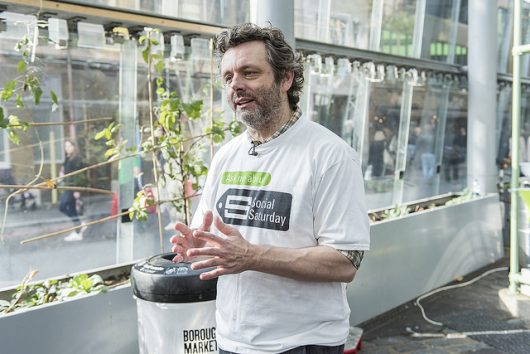6 Major Reasons for How and Why Social Enterprise Works

Traditional businesses measure their success by profit and how much they can bring shareholders. Social enterprises have multiple bottoms lines: profit, people and planet. Profit is important in sustaining a business, but the idea of corporate social responsibility (CSR) is gaining in popularity. Consumers educate themselves on products which leads businesses into action. Focusing on multiple areas of business (triple bottom line) is the crucially important reason why social enterprise works.
The Traditional Standard: Profit
Profit is an excellent measure of growth and is quantifiable. A business that has a surplus by the end of the year means bills were paid and employees provided for. It doesn’t hurt that investors or shareholders see a return on their money. If there is profit, that means the company is an asset to the economy; this then means more customers, more employees and more investors overall. This business detail remains a critical factor in why social enterprise works.
The Growing Standard: People
People want to be happy, and as most of a person’s waking hours are spent at work, these two aspects of life are thereby deeply intertwined. It’s becoming common knowledge that a happier employee means a more productive workplace. An employee who feels empowered and enjoys what they do generally equates to higher productivity and profitability.
Success with people can lead to 65 percent in higher share prices and 100 percent more job applications for the company.
The Growing Concern: Planet
Consumer understanding of the planet’s dwindling resources are slowly impacting their buying habits. There hasn’t been a huge move towards green living, but some like social enterprises make this a priority along with profit and people. A new awareness day, Overshoot Day, marks the calendar for when humanity has used up Earth’s resources for that year.
From 2000 to 2017, Overshoot Day crept up from late September to early August, almost by two months. Social enterprises have noticed this trend and are now making moves to change it through sustainable resources.
A Moral Solution: Changing the Trajectory for an At-Risk Individual
Many businesses might choose a social entrepreneurial path because there is an issue the organization wants to address. At the heart of freedom businesses (a subgroup of social enterprises) is the goal to hire at-risk individuals. Some businesses like Purnaa, a manufacturing business in Nepal, were inspired to create opportunities for marginalized people and survivors of exploitation. Others like Papillion Enterprise, an Artisan shop in Haiti, wanted to prevent orphans through job creation.
Using Resources to Continue the Process
A difficult move for many small social enterprises is growth, particularly in some countries outside of the U.S. There might not be property to mortgage against or the interest rate would kill the purpose. Some social enterprises — like Kairos Trader — use profits and fundraising to provide 0 percent loans to social enterprises. As business grows and money is repaid, the loan can then be cycled into another loan to help social enterprises start or step up.
Economic Growth: The Ripple Effect
This list would not be complete without mentioning social enterprises’ impact on economic growth– freedom businesses’ commitment to marginalised people and the Earth is why much of its social enterprise works.
Communities that may have been jobless or ostracised now have opportunities. Those with jobs are able to educate their children and become consumers which grows consumerism on a generational scale building the economy with it.
According to Matt Peterson, founder of Kairos Traders, every sector is needed to make a change for people and planet, but business offers a unique solution. It can seem counterintuitive to have a triple bottom line, but success is proving why social enterprise works.
Profit is needed to be able to grow and provide jobs and materials, but a business that bases its impact on community and planet is a more holistic approach that will bear more fruitful results.
– Natasha Komen
Photo: Flickr
